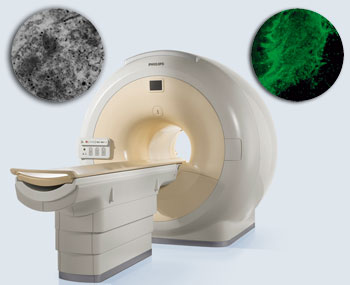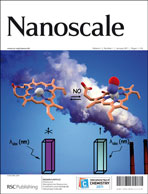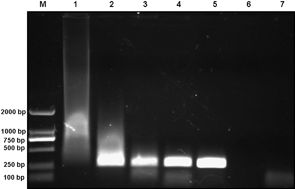 Effect of surface charge of polyethyleneimine-modified multiwalled carbon nanotubes on the improvement of polymerase chain reaction
Effect of surface charge of polyethyleneimine-modified multiwalled carbon nanotubes on the improvement of polymerase chain reaction
Xueyan Cao, Jingjing Chen, Shihui Wen, Chen Peng, Mingwu Shen and Xiangyang Shi
Nanoscale DOI:10.1039/C0NR00833H
There are a vast number of potential applications for carbon nanotubes in many areas of science today, but current uses are mostly associated with their structural properties in bulk quantities. However, there is a vast amount of research being conducted on how the nanoscale properties of carbon nanotubes can be used to perform precise actions at a molecular level. This concept is of particular interest in biomedical science, where fine control of interactions with biomolecules and biological structures is of great importance in developing new diagnostic and therapeutic techniques.
Considering applications of carbon nanotubes in biology, scientists in China have conducted a systematic study of how the surface charge of multi-walled carbon nanotubes affects their performance as additives in polymerase chain reactions (PCR), which are of high importance in molecular biology. Cao et al. at Donghua University, Shanghai, used polyethyleneimine (PEI)-modified multiwalled carbon nanotubes with different surface charge polarities, and showed that positively charged nanotubes could significantly enhance the specificity and efficiency of PCR, even when used at a low concentration.
Polymerase chain reactions are of fundamental importance in molecular biology as a gene amplification technique, where the copying yield of a targeted gene can be increased drastically. However, the technique suffers from low specificity and efficiency, and therefore optimisation procedures are essential. Unfortunately, as the mechanism is complex, this optimisation is not easily achieved. Nanoparticles have been studied as potential solutions to these problems due to their unique physicochemical properties, and indeed carbon nanotubes have been shown to be good additives for PCR optimization. However, this study in China is the first report relating to the optimization of PCR using CNTs with different surface charge polarities, and it represents an exciting development in the field.
To read the whole article, click here.











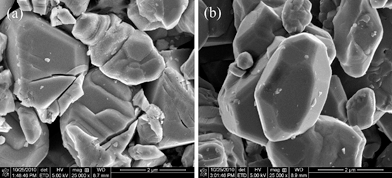 New Nanoscale Communication
New Nanoscale Communication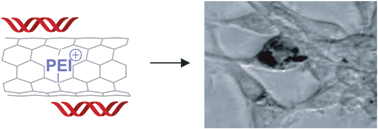 New Nanoscale Communication
New Nanoscale Communication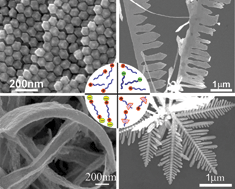 New Nanoscale Feature Article
New Nanoscale Feature Article